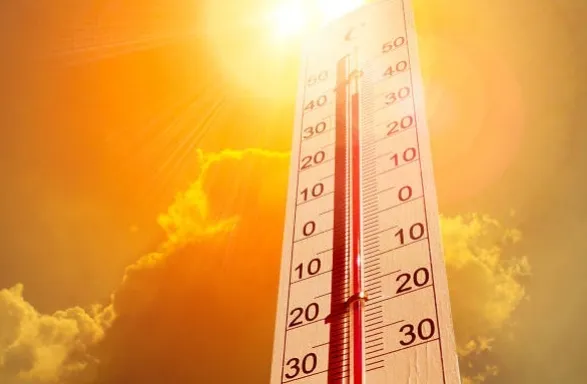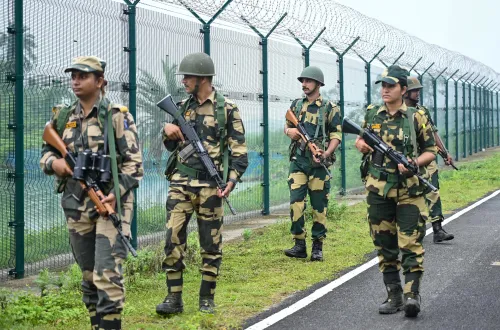Why is Tamil Nadu Experiencing a Sudden Heatwave After the Monsoon?

Synopsis
Key Takeaways
- Tamil Nadu is currently experiencing a notable heatwave.
- Temperatures soared to 35.5 degrees Celsius in Chennai.
- The heat is linked to the absence of easterly winds and the influence of Cyclone Montha.
- Localized thunderstorms are expected later in the week.
- Residents should take precautions to stay safe during this unusual weather.
Chennai, Nov 2 (NationPress) Following a series of consistent rains that marked the start of the northeast monsoon, Tamil Nadu is currently facing a significant increase in temperatures accompanied by an abrupt halt in rainfall.
Meteorologists have warned that this heatwave is expected to continue and may even escalate throughout the week.
On Saturday, Chennai recorded one of its warmest November days in recent years, with temperatures soaring to 35.5 degrees Celsius at the Nungambakkam observatory.
Typically, November is characterized by temperate weather, but the current heat has astonished both residents and meteorological experts.
Experts attribute this unexpected rise in temperature to the lack of the usual easterly winds, which generally bring moisture and moderate temperatures during the monsoon period.
Instead, hot and dry westerly winds have taken over, raising temperatures across both coastal and inland areas.
Specialists indicate that this occurrence is linked to Cyclone Montha, which recently traversed the Bay of Bengal and moved away from the Indian coastline. This system is believed to have redirected the easterly winds, disrupting the customary monsoon flow. Consequently, Tamil Nadu and surrounding regions are now influenced by hot westerlies, resulting in a brief heatwave.
Moreover, the rise in sea surface temperatures near Sumatra has amplified the warming trend, diminishing cloud formation over southern India and allowing increased direct sunlight during the day.
The outcome has been an atypical period of dry heat during a season usually associated with cloudy skies and sporadic rain.
Weather experts, however, suggest that this hot spell may be short-lived. The elevated daytime temperatures could foster the development of convective clouds, leading to localized thunderstorms and light rains in certain regions of Tamil Nadu from Monday to Saturday (November 3 to 8). These thunderstorms may include lightning and brief gusts of wind.
For now, residents throughout the state are advised to stay hydrated, limit direct sun exposure during peak hours, and prepare for a week of unseasonably high temperatures before the northeast monsoon resumes its typical pattern.










